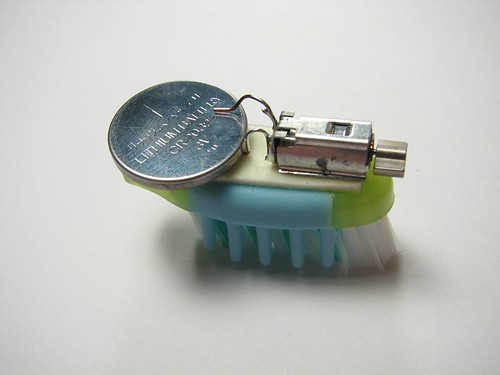Dark Colony
October 3rd, 2012 By NOTAndrew QuitmeyerFor my ecosystem I chose (big suprise) an ant hill. The target I had for my performances was to create interactions that manipulated the creatures’ environment and individual roles on a daily basis. The inspiration was partially from the film “Dark City” where a group of mysterious others experiments on a city of humans by reshaping the lives, memories, and environment while the humans sleep.
http://www.youtube.com/watch?v=QJh359H57UA&feature=player_detailpage#t=2249s
The other half of inspiration came from a part in Niko Tinbergen’s book, “Curious Naturalists,” where he re-arranges the local environment of some insects to deceive their homing capabilities.

Therefore, I wanted human/digital/ and ant interactions which were split between day and night. During the day, at the height of ant-interaction, the digital “other” should primarily observe and sense. Then, when the ants return at night to their colony, the digital and human components re-arrange the outside world based on their earlier observations.
I came up with 3 performance ideas based on this concept.
- 1) The ants’ trails around the entrance are recorded and tracked during the day. This input generates a new route for the human on her daily commute.
- 2) The ants’ trails around the entrance are recorded and tracked during the day. The observing/tracking digital device then squirts a viscous liquid which hardens into ant-height cylinders over all the trails. The movements of the ants during the day, are recreated as walls during the night, forcing the ants to constantly re-think new, optimal paths. This could be accomplished with a peristaltic pump: http://vimeo.com/13532728#at=0
- 2 alt) Instead of squirting out walls, the ants are surrounded by a mesh of actuated dowels forming a grid. The dowels raise or lower depending on the day’s interactions. The more movement in an area, the higher the dowel. This also forms the walls mentioned before, but he daily routes do not accumulate.
- 3) Tiny cheap robots (linked bristlebots with sensors), are scattered around the ants’ nest. They record proximity in 3 directions. High proximity is mapped semantically to high levels of ant-interaction. At night, bots with low interaction, re-arrange themselves, while high-ones freeze.
For do-ability reasons in a short time-scale, I decided to elaborate on the 3rd option.
The Robot City
Our robot obstacles are based off the cheaply locomotable “bristle bots”

A power source is connected to a vibrating motor (a motor with an offset weight), and motion goes into the phalanges triggering movement. Here are the additions to create interactive, shifting buildings for the ants in the project. Three bristlebots will be tied together for semi-directable motion. Each bristlebot will be connected to a cheap proximity sensor. The bristlebot’s amount of movement will be regulated by the amount of interactions it receives during the day through close-proximity to ants. Areas of high-interaction will move less, than those of low interaction. This will result in dramatic interruptions to whatever the ant’s optimized routes for the previous day were. The bots will be housed in small building facades to reinforce the “shifting city” concept to outside human observers.
Alternate
The bots could be optionally made by attaching the vibrator to a pinecone or other natural element in the ants’ world.


